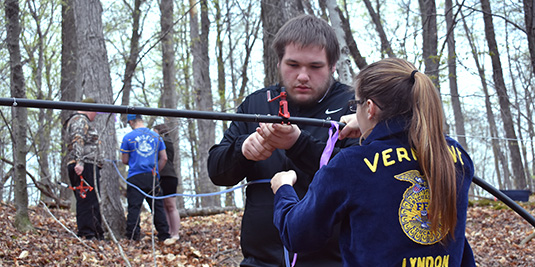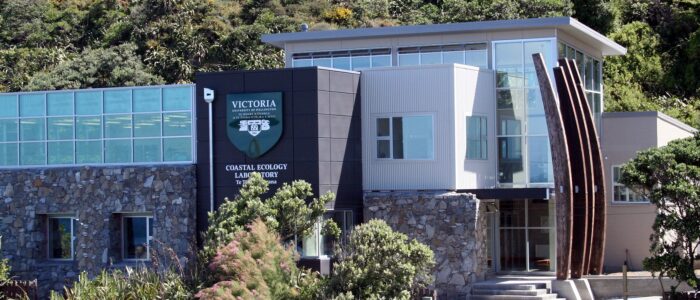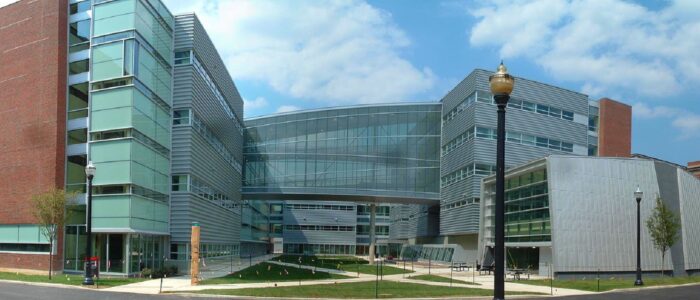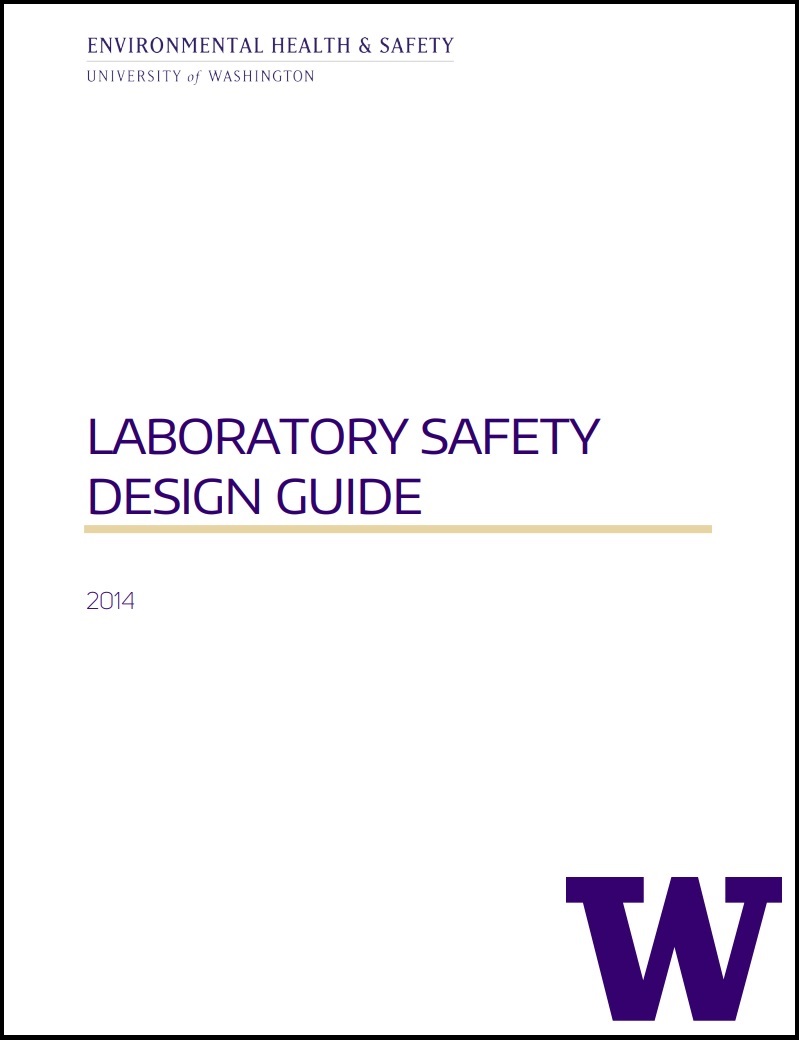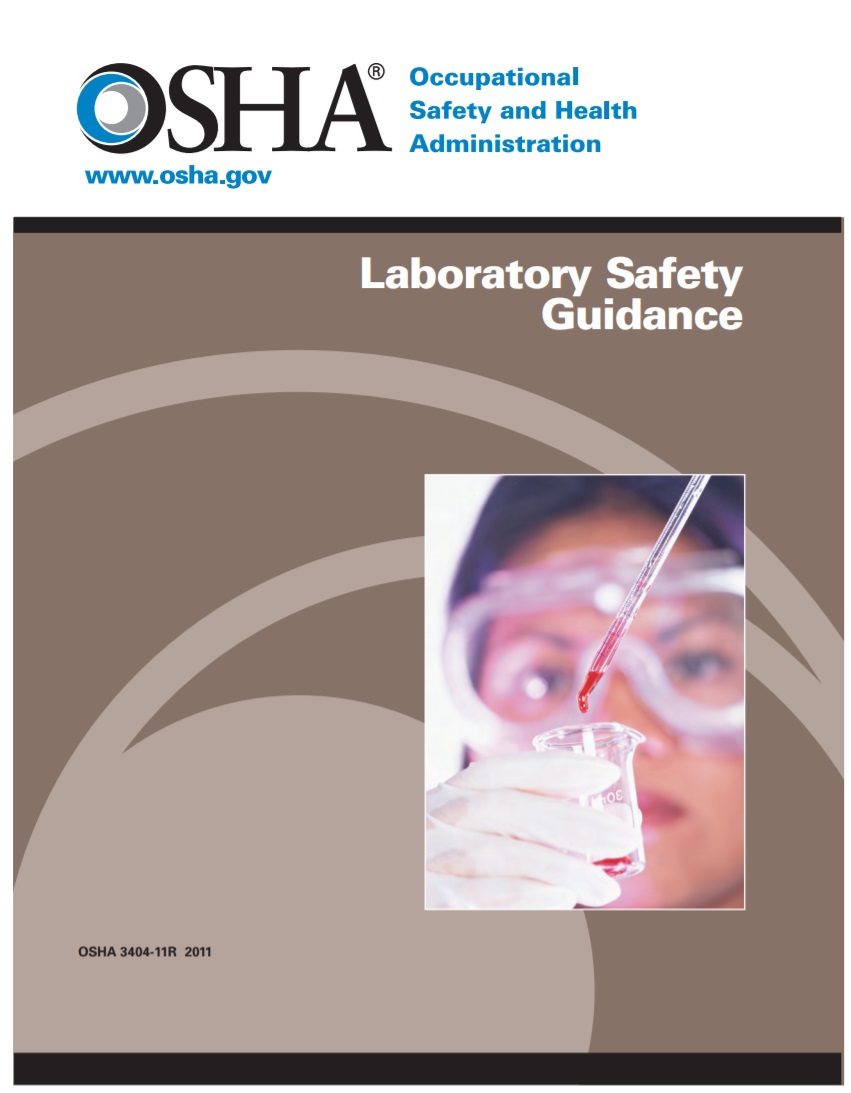
“Der Alchemist” c. 1908 Max Fuhrmann
We use European Norm 15154-1 and 15154-2 to enlighten differences about laboratory risk is managed among different nations — specifically between the United States and Europe. The education industry has many instructional, research and healthcare settings in which laboratory chemicals are routinely used. The laboratories specifically, are significant revenue generators in research universities. We contribute to leading practice discovery for any technology that reduces risk to people and property. As we are classified as a “user-interest” in the global standards systems; we are also attentive to budget risk.
The European Norm documents are developed as a pair as shown below:
EN 15154-1 Emergency safety showers – Part 1: Plumbed-in body showers for laboratories – This document is a product specification, giving performance requirements for emergency safety body showers connected to the water supply. It is applicable to plumbed-in body showers only, located in laboratory facilities. It is not applicable to emergency safety showers used on industrial sites or in other such areas. Requirements are given in respect of the performance, installation, adjustment and marking of the showers as well as installation, operation and maintenance instructions to be given by the manufacturer. NOTE Attention is drawn to national regulations which may apply in respect of the installation and use of emergency safety showers.
EN 15154-2 Emergency safety showers – Part 2: Plumbed-in eye wash units – This document is a product specification, giving performance requirements for emergency safety eye wash units connected to the water supply. It is applicable to plumbed-in eye wash units only. Requirements are given in respect of the performance, installation, adjustment and marking of the eye wash units, as well as installation, operation and maintenance instructions to be given by the manufacturer. NOTE Attention is drawn to national regulations which may apply in respect of the installation and use of eye wash units.
The current version is dated 2006; to best of our knowledge (though there may be local adaptions that are dated later). The European Committee for Standardization website may contain more information about status and developmental trajectory. The International Organization for Standardization also administers two technical committees (ISO/TC 48 and ISO/TC212) also involved in laboratory safety and sustainability concepts.

We do not advocate user-interest safety and sustainability concepts in this pair of standards at the moment. However, we do use EN 15154 et. al, for comparative purposes; setting it against the prevailing United State standard produced by the International Safety Equipment Association — ISEA 358.1-2014 Emergency Eyewash and Shower Standard.
We track public consultations on this topic during our periodic Laboratory and Water 200 colloquia. See our CALENDAR for the next online teleconference; open to everyone.

Issue: [13-28] [15-271] [19-155]
Category: International, Laboratory Safety, Mechanical, Plumbing,
Colleagues: Mike Anthony, Mark Schaufele, Richard Robben






